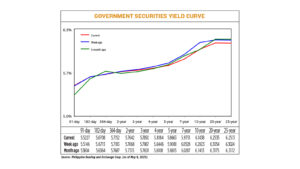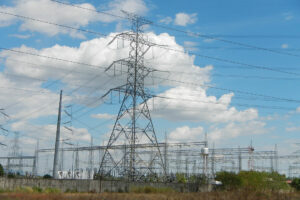High power costs weigh on industrial sector growth

By Beatriz Marie D. Cruz, Reporter
PROPERTY consultants remain optimistic about the Philippines’ industrial sector growth this year amid the entry of high-value manufacturers, but caution that high power costs continue to pose significant risks.
“From 2020 to 2023, we have toured more than 20 Chinese companies from China, but only one proceeded to expand in the Philippines, while more than half went to Vietnam,” Jettson P. Yu, founder and chief executive officer at property consultancy firm PRIME Philippines, told BusinessWorld in an interview.
Mr. Yu said many of these companies abandoned expansion plans in the Philippines due to high electricity costs.
Republic Act No. 9136, or the Electric Power Industry Reform Act of 2001, aimed to privatize the country’s power sector and mandated the removal of cross-subsidies within and between grids and customer classes to reflect the true cost of power delivery.
To stimulate demand for industrial spaces, Mr. Yu urged the government to subsidize manufacturers’ power costs.
“The industrial sector is a sleeping giant that is about to be awakened only if we play our cards right,” he said.
PRIME Philippines estimates the country will require at least 50 million square meters (sq.m.) of industrial space by 2035 to meet rising demand from the manufacturing, logistics, and data center sectors. This projection was shared during the firm’s 2024 property market briefing in February.
Joey Roi Bondoc, director and head of research at Colliers Philippines, said high-value manufacturers in sectors such as electric vehicle (EV) batteries, steel, and tires are expanding in North, Central, and South Luzon.
“The profile of manufacturers there is really improving, attracting billions of dollars in capital and employing more Filipinos,” he said.
Mr. Bondoc highlighted Clark and Bulacan as potential pharmaceutical manufacturing hubs and described the EV sector as a “sunshine industry” for the Philippines.
However, he said the Philippines must enhance its competitiveness as an investment destination to attract manufacturers relocating from countries affected by higher US tariffs.
The United States imposed a 17% tariff rate on Philippine exports, significantly lower than the 32% to 49% tariffs levied on some Southeast Asian neighbors.
“A lot of government officials are saying that ‘Because higher tariffs are imposed on other manufacturing hubs across the region, the Philippines will likely attract them.’ But the question here is how immediate will we be able to attract all these foreign manufacturers?” Mr. Bondoc said in a phone call.
To create an enabling environment for foreign investors, Mr. Bondoc said the Philippines must improve ease of doing business, enhance infrastructure, develop its workforce, and offer better wages.
He added that the proposed Foreign Lease Investors Act, which seeks to extend land leases for foreigners to 99 years from the current 75 years, is expected to boost demand for industrial spaces. The measure was approved by Congress last year but is still awaiting the signature of President Ferdinand R. Marcos, Jr.
Between 2025 and 2027, approximately 400 hectares of new industrial space will be delivered in the Calamba, Laguna, and Batangas corridor, according to Colliers data.




